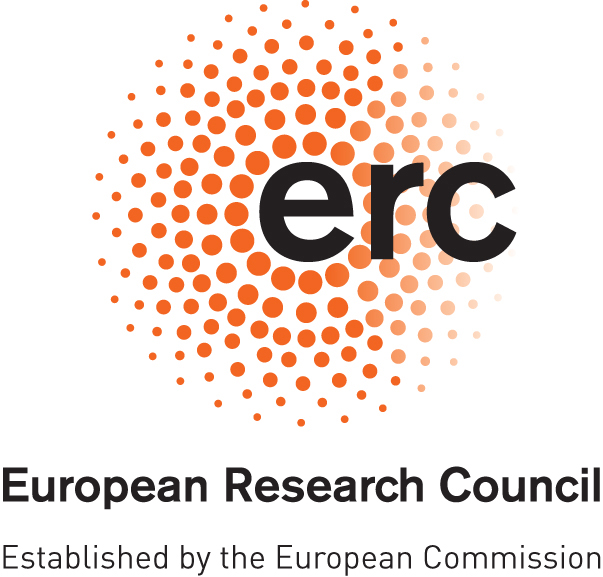EXAGAL

The European Research Council (ERC) has funded the Project EXAGAL “Hydrodynamical Simulations of Galaxy Formation at the Peta- and Exascale” as a Starting-Grant within the European Union’s Seventh Framework Programme for research, technological development and demonstration, for a period of 60 months, starting in February 2013. The project is led by principal investigator Volker Springel, and is hosted at the HITS.
Project at a glance
Numerical simulations of galaxy formation provide a powerful technique for calculating the non-linear evolution of cosmic structure formation. In fact, they have played an instrumental role in establishing the current standard cosmological model known as ΛCDM. However, unlocking the predictive power of current petaflop and future exaflop computing platforms requires a targeted effort in developing new numerical methods that excel in accuracy, parallel scalability, and in physical fidelity to the processes relevant in galaxy formation.
A new moving-mesh technique for hydrodynamics recently developed and implemented by us in the AREPO code provides a significant opportunity for a paradigm shift in cosmological simulations of structure formation, replacing the established smoothed particle hydrodynamics technique with a much more accurate and flexible approach. Building on the first successes with this method, this ERC project pursues a comprehensive research program to apply this novel numerical framework in a new generation of hydrodynamical simulations of galaxy formation that aim to greatly expand the physical complexity and dynamic range of theoretical galaxy formation models.
In particular, we aim to perform the first simulations of individual galaxies with several tens of billion hydrodynamical resolution elements and full adaptivity, allowing us to resolve the interstellar medium in global models of galaxies with an unprecedented combination of spatial resolution and volume. We will simultaneously and self-consistently follow the radiation field in galaxies down to very small scales, something that has not been attempted before. Through cosmological simulations of galaxy formation in representative regions of the Universe, we will shed light on the connection between galaxy formation and the large-scale distribution of gas in the Universe, and on the many facets of feedback processes that regulate galactic star formation, such as energy input from evolving and dying stars or from accreting supermassive black holes.
About HITS
HITS, the Heidelberg Institute for Theoretical Studies, was established in 2010 by physicist and SAP co-founder Klaus Tschira (1940-2015) and the Klaus Tschira Foundation as a private, non-profit research institute. HITS conducts basic research in the natural, mathematical, and computer sciences. Major research directions include complex simulations across scales, making sense of data, and enabling science via computational research. Application areas range from molecular biology to astrophysics. An essential characteristic of the Institute is interdisciplinarity, implemented in numerous cross-group and cross-disciplinary projects. The base funding of HITS is provided by the Klaus Tschira Foundation.